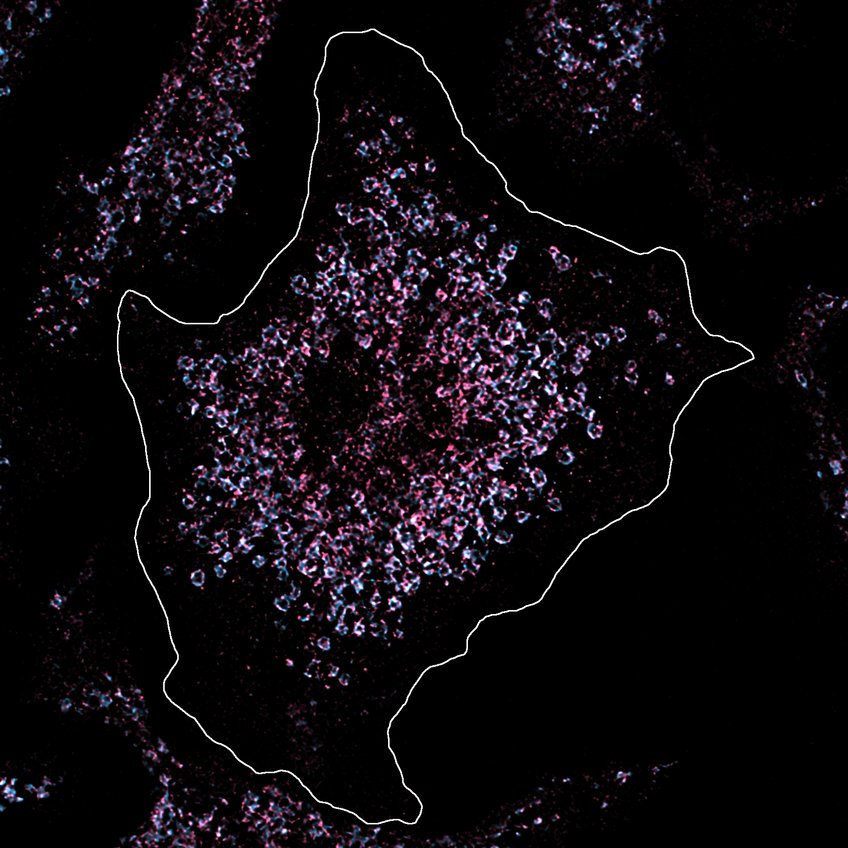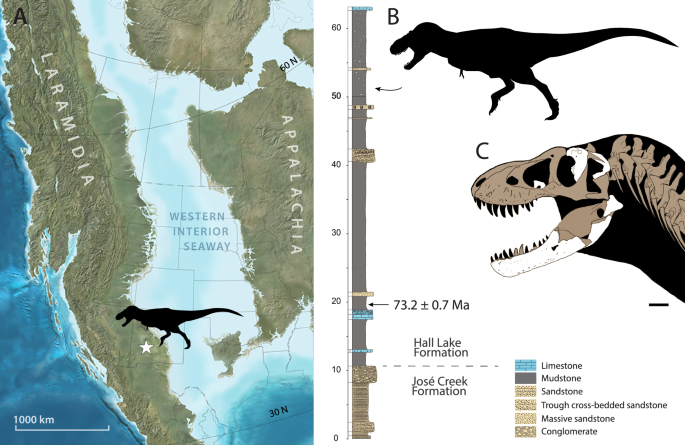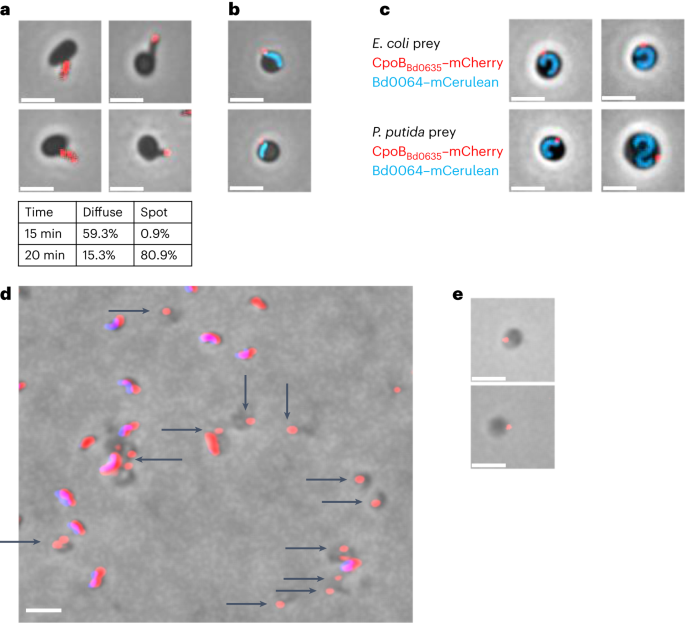研究者らは、自己免疫疾患である狼瘡(ループス)の一型を、ある突然変異に遡ることができた。 Researchers were able to trace a form of the autoimmune disease lupus back to a single mutation
2024-01-12 マックス・プランク研究所

© MPI f. Infection Biology/ Fenja Blank
◆研究により、蛋白質複合体BORCがこの受容体の分解に必要であり、その過程でUNC93B1という別の蛋白質も必要であることが示されました。UNC93B1に変異があると、ループスと呼ばれる自己免疫疾患の原因となり得ることが判明し、治療法への新しいアプローチが提案されました。
◆UNC93B1の変異検査は、ループス治療の一環として採用され、炎症を予防する新たなアプローチが注目されています。
<関連情報>
- https://www.mpg.de/21374791/lupus-trigger?c=2249
- https://www.science.org/doi/10.1126/sciimmunol.adi9575
TLR7の分解選別がヒトループス(狼瘡)と関連していることが判明 Disrupted degradative sorting of TLR7 is associated with human lupus
Harshita Mishra,Claire Schlack-Leigers,Ee Lyn Lim,Oliver Thieck,Thomas Magg,Johannes Raedler,Christine Wolf,Christoph Klein,Helge Ewers,Min Ae Lee-Kirsch,David Meierhofer,Fabian Hauck,and Olivia Majer
Science Immunology Published:11 Jan 2024
DOI:https://doi.org/10.1126/sciimmunol.adi9575
Abstract
Hyperactive TLR7 signaling has long been appreciated as driver of autoimmune disease in mouse models. Recently, gain-of-function mutations in TLR7 were identified as a monogenic cause of human lupus. TLR7 is an intracellular transmembrane receptor, sensing RNA breakdown products within late endosomes. Here, we show that endosome dysfunction leads to unrestricted TLR7 signaling and is associated with human lupus. The late endosomal BORC complex together with the small GTPase Arl8b controls intracellular TLR7 levels by regulating receptor turnover. This requires a direct interaction between the TLR7-associated trafficking factor Unc93b1 and Arl8b. We identified an UNC93B1 mutation in a patient with childhood-onset lupus, which results in reduced BORC interaction and endosomal TLR7 accumulation. Therefore, a failure to control TLR7 turnover is sufficient to break immunological tolerance to nucleic acids. Our results highlight the importance of an intact endomembrane system in preventing pathological TLR7 signaling and autoimmune disease.


